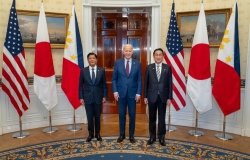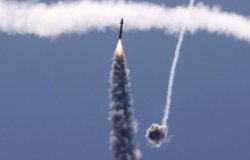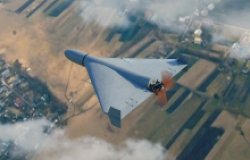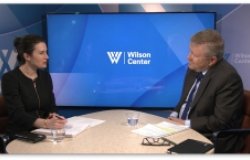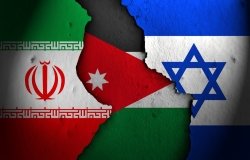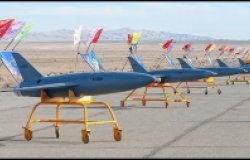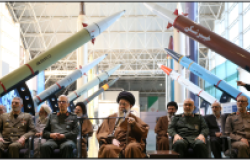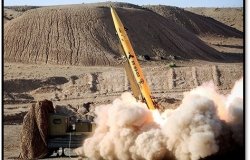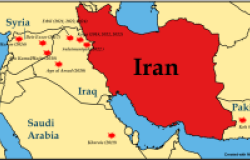Book Launch: <i>Endangered Species: How We Can Avoid Mass Destruction and Build a Lasting Peace</i>
with Stephen M. Younger, President, National Security Technologies, LLC; and Senior Policy Scholar, Woodrow Wilson Center
Overview
This meeting was jointly sponsored by the Center's Division of International Security Studies and the Los Alamos National Laboratory.
Dr. Younger opened by recalling the heady optimism that accompanied the end of the Cold War. There was widespread talk of a "peace dividend" and a sense that democracy was on the march worldwide. That euphoria ended with the terrorist attacks of September 11, 2001.
Younger, who spent more than twenty years designing nuclear weapons at the Los Alamos National Laboratory, presented an overview of his sweeping new book that addresses the profound security challenges facing the United States in the post-9/11 era.
The major change characterizing this new era is the advent of mass-casualty terrorism. The proliferation of weapons of mass destruction (WMD) means that any nation, group or even individual could generate an attack that would result in more than 100,000 deaths. He distinguished though between mass-casualty terrorism and WMD terrorism. As Younger argued, the two are not synonymous, even though they have been misleadingly conflated in our policy debate.
As a nuclear weapons designer, Younger dismissed the notion that nuclear technology is simple to master. He noted that uranium, a material so hard that it used in armor-piercing tank ammunition, is exceptionally difficult to machine. "Just put a slug of uranium into a gun barrel and shoot it into another slug of uranium" is one common description of how easy it is to make a nuclear explosive. Younger observed that even advanced industrial nations had difficulty working through the technical issues. Occasional newspaper claims that there is no reason to classify nuclear weapons information "because everybody knows it already" is simply false, he stated.
But whereas the development of a nuclear weapon would most likely require the resources of a state, chemical and biological weapons can be produced by anyone with the necessary knowledge and skills. In this respect, the 2001 anthrax on the U.S. Senate office building was a "wake up call." Younger pointed out that while the equipment to make a biological weapon is more readily available than that to make a nuclear weapon, the material needed to conduct a large-scale chemical attack is all around us. Facing difficult hurdles to acquire effective unconventional weapons, terrorists would more plausibly strike vulnerable conventional targets to achieve a mass-casualty attack. Among the many such soft targets are chemical plants on the outskirts of major U.S. cities and the railroad tank cars that pass through urban areas laden with noxious chemicals. Two particular chemicals used for widespread industrial purposes are phosgene and chlorine, which were employed during World War I to produce chemical weapons. Extrapolating from that World War I experience to the present, Younger notes, "Whereas a chemical attack during World War I used a few hundred pounds of lethal chemicals, a toxic release by terrorists could involve hundreds of tons of material with a death toll in the range of 100,000 to 300,000 people, more than would be killed by a low-yield nuclear weapon."
Despite the new dangers of the post-9/11 era, Younger concluded on an optimistic note. He argued that human violence does not derive human nature; "our genes don't condemn us to war." Rather, this history of violence stems from our social institutions. "That's good news because they are inherited things that can change."
Thank you for your interest in this event. Please send any feedback or questions to our Events staff.
